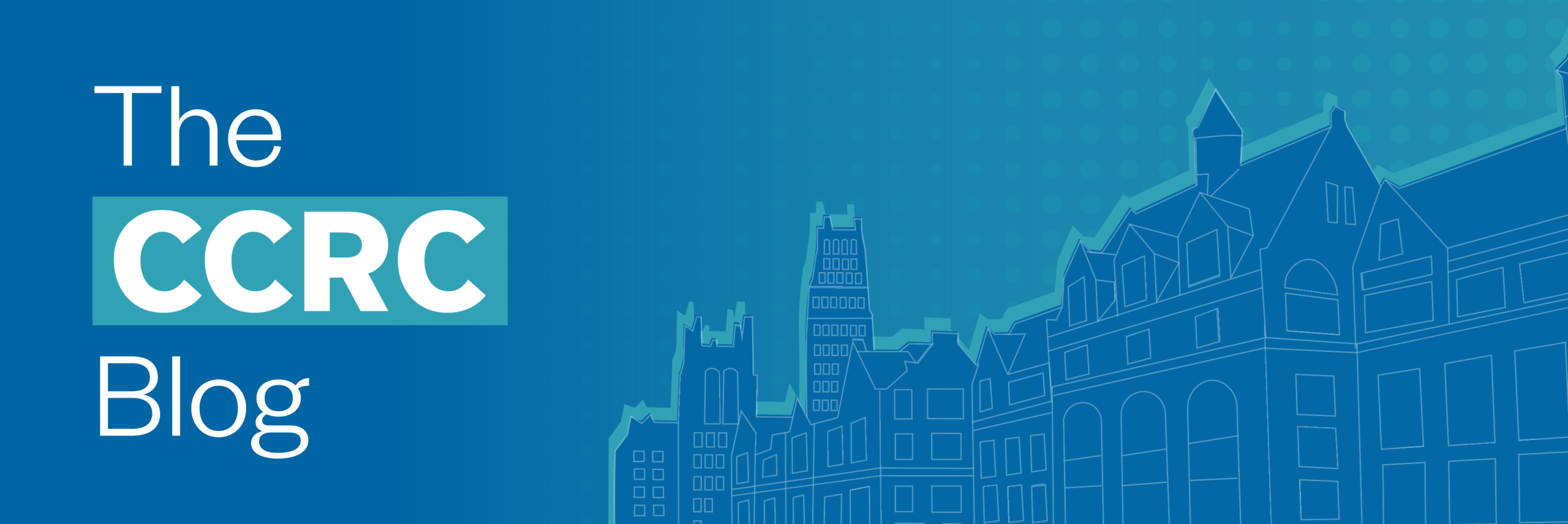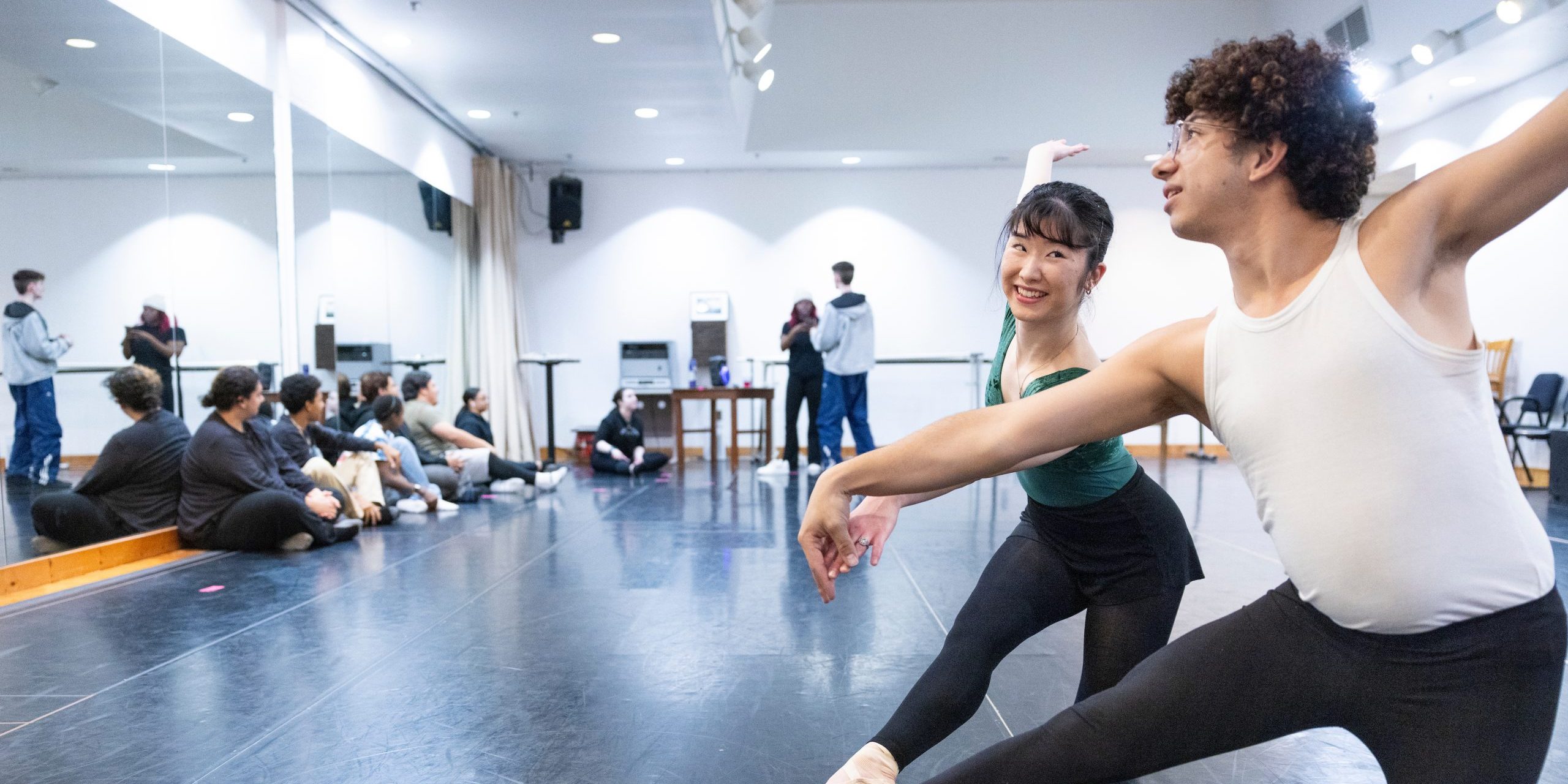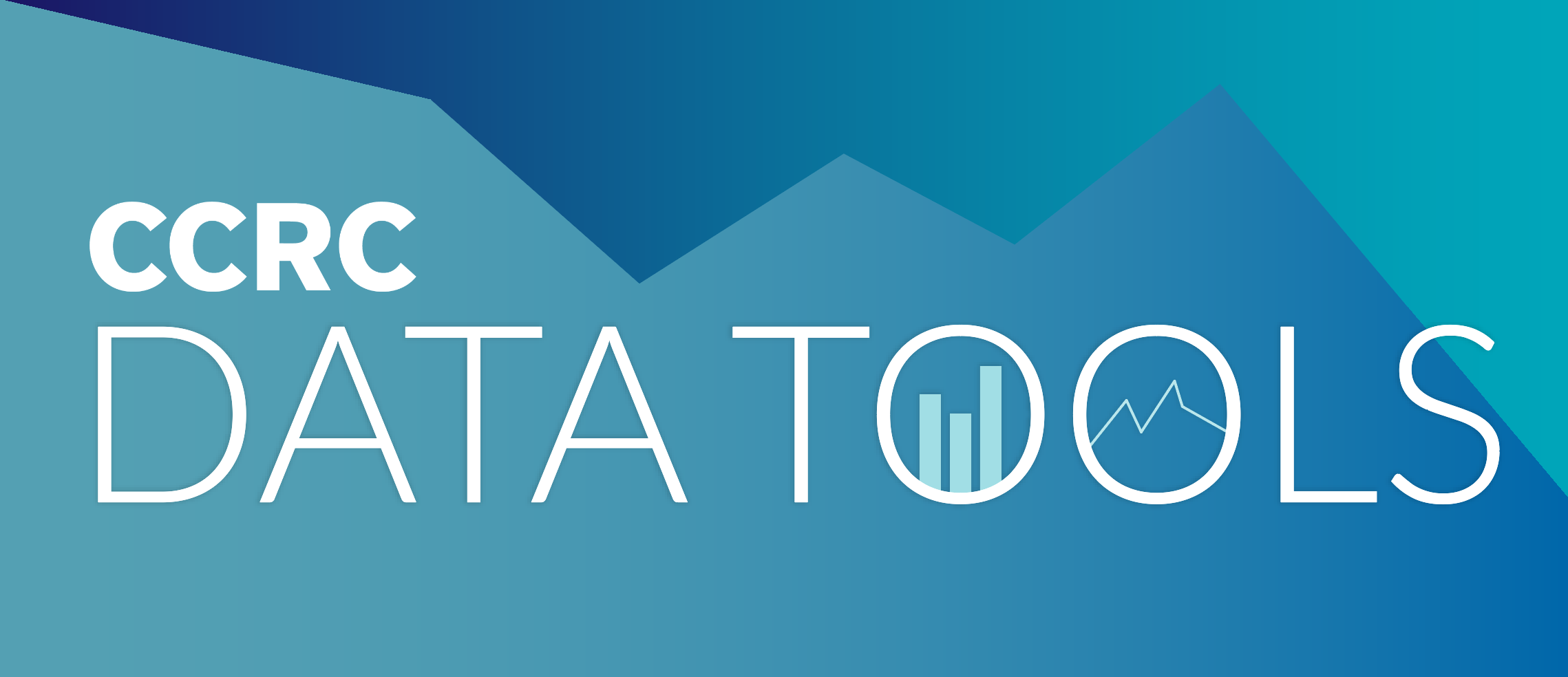I have spent the majority of my career as a postsecondary dance educator, and most of that professional experience has been spent working in community colleges. Over the years, I’ve developed a deep curiosity about the work I do—especially around how little is known or understood about dance education in community colleges. In every place where I’ve taught, I’ve lost count of how many times I’ve heard someone say, “I didn’t even know we had dance here.” I’ve heard it from students, faculty, academic advisors, administrators, and community members alike. Dance programs are virtually invisible in larger academic conversations, and their impact is often underestimated. And yet, I’ve witnessed dance consistently prove deeply meaningful for a broad spectrum of students, from complete beginners to emerging professionals and everyone in between.
Now as a researcher, that disconnect is what drives my work. My goal is to share how dance education functions in the community college setting—what it looks like, who teaches it, and what it offers students. For my recent dissertation, I focused on community college dance educators. I wanted to learn more about my fellow dance faculty, their roles, and how they view their work. I administered a survey that was completed by 87 community college dance instructors and conducted in-depth interviews with 6 dance instructors from colleges across the U.S.
What I found is that dance educators often wear many hats. They teach, lead, advise, and mentor. They often see dance as a transformative experience that helps students persist in school and in life. Understanding that not all their students will go on to professional dance careers, they prioritize their students’ general development, demonstrating that dance coursework can help all students (regardless of their career goals) to gain discipline, build confidence, and find community. Dance faculty have an acute awareness of student needs and know their students come from diverse backgrounds with varying levels of previous experience in dance. They meet them with care, flexibility, and deep commitment. One of the most compelling findings from my research is how the educators view the study of dance as contributing to student academic success.
Faculty Perspectives and Mentorship
Dance faculty in community colleges often find themselves supporting students far beyond the classroom. The study participants shared how students sometimes come to them with academic anxiety, family pressure, or feelings of isolation and how the dance classroom becomes a place of healing and connection. The physical, expressive, and vulnerable nature of dance fosters deep trust between students and instructors, which can open the door to meaningful mentorship.
“A lot of our students are less income-secure and housing-secure,” one faculty member shared. “Because we teach dance, and because the class sizes are small, the students will come to us with a lot of personal information. And then they become close to you because dance is a physical medium. … There’s a lot of talking about personal problems and guiding them toward the right resources.”
This kind of connection, built through the embodied and intimate practice of dance, allows faculty to play a crucial role in student well-being. Their role often extends beyond the studio, becoming a support system in students’ academic and personal lives.
Outcomes That Stretch Beyond Course Objectives
In addition to gaining technical dance skills, faculty also described how students find a sense of belonging through dance, something especially valuable for those navigating challenges.
“They treat each other like family,” one faculty member said. “Students go to the dance studio as a place of refuge and to release from the tensions in their homes. The discipline, sense of nurturing, and support that the performance and rehearsal environment provide is unparalleled.”
Class time and rehearsal spaces are often physically and emotionally demanding and become containers for deep connection. Faculty described how students form lasting friendships and a sense of collective identity as they collaborate to prepare for dance performances. They frequently mentioned that dance helps students manage stress and build routines. These transformations highlight the power of dance as a tool for personal development and empowerment.
Dance Education’s Contribution to Student Success
Conversations about student success often center around traditional metrics such as graduation rates, job placement, and transfer numbers. While these indicators are important, they don’t always tell the full story. Faculty repeatedly emphasized that their goal is not simply to facilitate student transfer or create future dance professionals but to help students become more confident, capable, and self-aware people.
“I think there’s a lot of value in studying dance,” one instructor explained. “It’s not just performing a jazz number and things like that. But you learn self-accountability. You learn discipline. You learn how to problem-solve, how to use your creativity and imagination … , how to speak up for yourself. These are life skills that can be applied anywhere.”
Through the physical rigor of dance technique, the collaborative process of rehearsals, and the experience of performing, faculty reported that students internalize lessons in persistence, preparation, and presence. They described the culminating dance performances as not just showcases but as moments of transformation that contribute to students’ overall learning, development, and academic success.
“The focus, specificity, and physicality of becoming competent in dance technique … and then transferring that knowledge to the stage to perform choreography for an audience of peers is key,” one educator explained. “It solidifies what they’ve learned and allows them to share it with their family and friends.”
These embodied, collaborative experiences serve as powerful forms of engagement that go beyond typical academic support models. They demonstrate that academic achievement can be attained through participatory, creative expression and experiential learning. Dance faculty aim to empower learners who carry their growth into other areas of their academic and professional lives. One instructor put it this way:
“I affirm and strengthen each student’s ability to be empowered, to decide how they’re taking in the information. Because it’s never a one-size-fits-all. I’m just encouraging people to follow their interest and curiosity.”
The dance educators in this study help to expand the definition of student success by emphasizing meaningful learning, mentorship, belonging, and students’ personal growth, dimensions that are equally worthwhile but less easily measured than traditional metrics. Dance learning is embodied, participatory, and experiential, and dance educators believe it promotes persistence and cultivates transferable life skills. Their insights highlight the potential of dance to support the academic, personal, and professional flourishing of community college students.
Heather Dougherty earned her doctorate in dance education from Teachers College, Columbia University, in 2025. She is currently serving as coordinator of the dance discipline at Montgomery County Community College in Blue Bell, Pennsylvania, where she teaches courses in ballet, modern dance, and dance appreciation.




